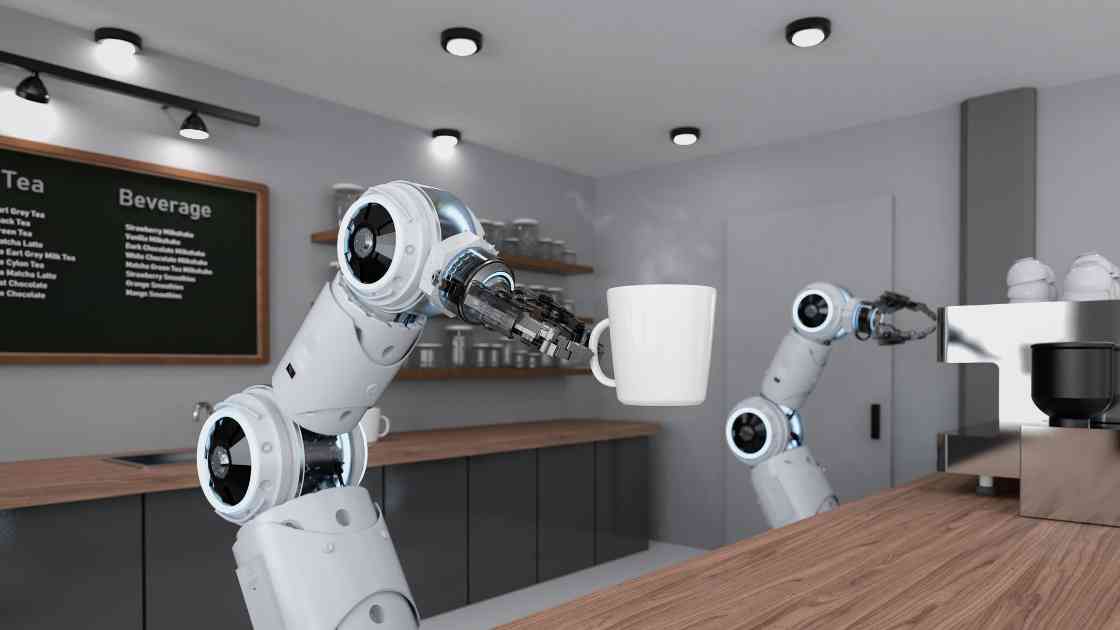
Demographics is not destiny
An aging population, automation, and housing shortages aren’t just tomorrow’s challenges; they’re today’s blind spots. It is ironic that just as many, if not most, countries are facing into falling birth rates, the fixes they are putting in place to create the workforces they need are also creating a crisis of housing and potentially making cities of the future unviable. It’s time to see past the immediate and recognise a deeper priority: preparing for a world that’s not just smaller, but smarter and where automation fills the gaps.
Let’s take a quick step back to 1968 when biologist Paul Ehrlich published “The Population Bomb”, which warned of mass famine and environmental collapse because of unchecked population growth. That book sent shockwaves through society, and it shaped how people thought about population for years. But here we are, in the next century, facing the exact opposite problem. Instead of runaway growth, many countries are looking at declining birth rates, aging populations, and shrinking workforces.
We’ve been relying on expanding populations to keep our economies humming for decades. More people means more demand, more workers and more growth. But those days are numbered as birth rates plummet, and societies are getting older, especially in developed nations. Immigration can be a force for good, except when it is being used to mask productivity problems and skill gaps and even worse when the infrastructure that the new arrivals rightly demand drives-up congestion and housing shortages.
The United Nations has estimated that the world’s population will peak at 10.3 billion in the mid-2080s before experiencing a gradual decline. More critically, The World Bank estimates that the working-age population (those aged 15 to 64) has already peaked at 66% of the total population in 2015, and has been on a decline since.
My own country of Australia provides a clear example of the demographic and economic challenges posed by declining birth rates. Between 2011 and 2021, the birth rate slowed by 10.4%. However, the population still grew by 14.7% during this period, primarily due to workforce policies that rely on immigration to address skills gaps and worker shortages.
This migration relies on global economic disparities, with other countries effectively losing skilled workers to support Australia’s economy. Furthermore, migration patterns tend to generate single-occupancy or smaller households. Together with other demographic shifts this drove the number of households to increase by 19.5%, outstripping population growth, over the same decade.
The story is similar across many countries. Headlines frequently highlight housing crises, prompting policies to increase construction and prioritise higher-density housing to accommodate smaller households. However, even a cursory look at the data reveals that the demand for greater urban density and smaller dwellings hinges on continued population growth, something the global demographic trajectory cannot sustain.
This is why housing and automation are closely linked. Sustaining population growth artificially, even if desirable, is unlikely to be feasible. Instead, addressing the challenges of declining birth rates and workforce shortages is better achieved by focusing on productivity gains through automation rather than relying solely on population growth.
China is a good example of an aging population with limited opportunities to meet worker shortfalls through migration. Their approach has been to introduce policies, including tax incentives, to encourage automation, now making China the largest market in the world for industrial robots. Similarly, the German government has encouraged “Industrie 4.0” since 2011 with similar aims to integrate advanced automation technologies into industrial processes.
Rather than viewing automation as a threat to jobs, all countries should be looking to embrace it as a necessary evolution that allows fewer workers to achieve more. This shift can reduce reliance on temporary population boosts, providing a stable, long-term foundation for economic growth. By investing in automation now, governments can proactively shape a resilient workforce and economy that meet the demands of the changing demographic landscape.
Embracing automation will also unlock broader societal benefits, including the potential for a four-day work week, as technology handles routine tasks and frees workers for more meaningful, high-value roles. This shift offers the chance to reimagine work-life balance, creating a future where increased productivity and improved quality of life go together rather than being in constant conflict. We don’t really know who first said “demographics is destiny”, although it is often attributed to Auguste Comte (1798-1857). But today we have the tools available for governments to shape successful economies and societies to adapt to, rather than be victims of, demographic change.